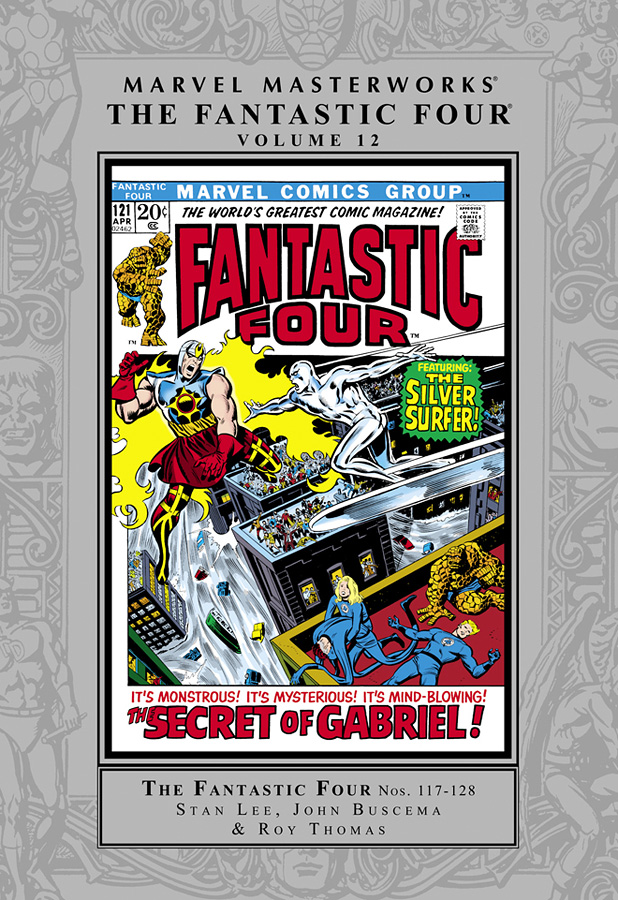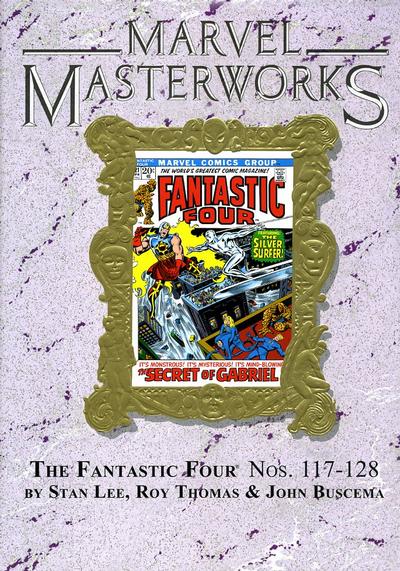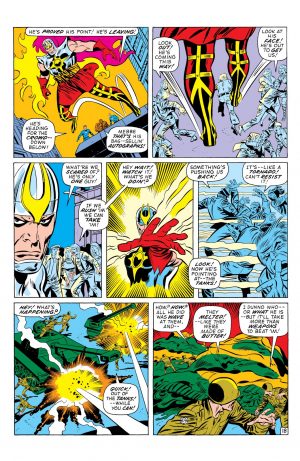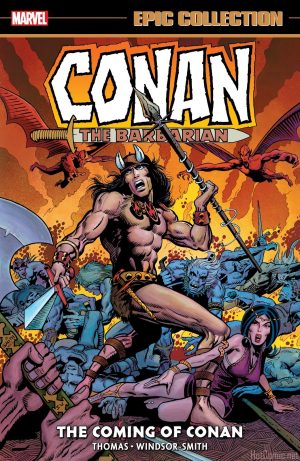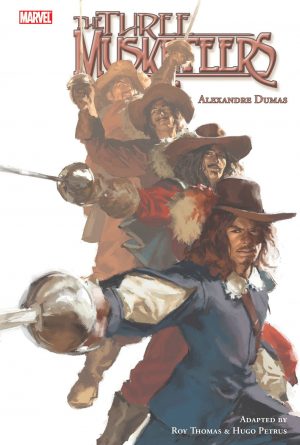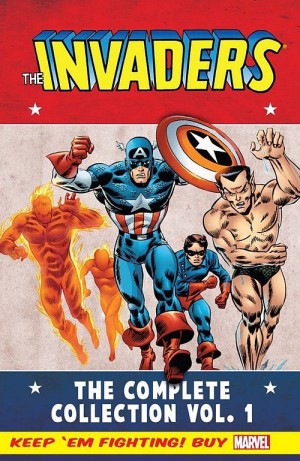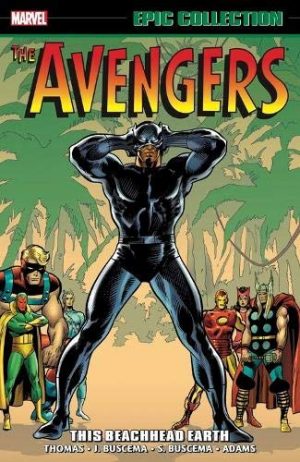Review by Karl Verhoven
This Masterworks edition gathers a transitional period from the early 1970s when Stan Lee’s office duties meant he could no longer write The Fantastic Four. The FF eventually followed the pattern of most other Marvel series, with Roy Thomas inheriting the writing when Lee gave up, but Archie Goodwin was the first replacement. It makes for a mixed reading experience.
Goodwin’s first story closed Masterworks Vol. 11, and he opens this volume with the FF facing Diablo, a tale with little spark. Far better is his six page filler in which the Thing finds himself transported to a world of robots. It’s beautifully drawn by John Buscema, pre-empts the Westworld film that would be released in 1973, and has a neat twist.
While no-one could replace Jack Kirby as the pre-eminent Fantastic Four artist, John Buscema’s illustrative methods sure are easy on the eye. He brings a grace and storyteller’s instincts to every page, and like Kirby is perhaps under-rated due to the sheer volume of art he drew for Marvel.
Lee’s return is a mixed blessing. A four part story beginning with the new threat of Gabriel re-treads old ground with a few new twists thrown in, but the sight of Galactus thrashing his way around a fairground is undignified, more ridiculous than thrilling even when drawn by Buscema. The final episode, though, does hit the spot, with a clever twist that snatches victory from the jaws of defeat. It would be nice to report that Lee left the FF with a masterpiece, but even Thomas’ introduction struggles to be nice about the clichés accompanying the return of the Monster from the Lost Lagoon. “If only you’d speak! If only you’d say something”, wails an abducted Sue Storm with the monster looming over her, “What do you want? Why did you bring me here? I’ve got to know! I’ve got to know!” Similar melodrama is embedded throughout, and the payoff is weak.
Thomas’ first story is his best in this collection, despite the fudge of attributing his comment on South Africa’s racist policies to the fictional nation of Rudyardia. His introduction continues the fence-sitting by commenting he didn’t feel it fair to condemn a nation he’d never visited. In-story, though, he doesn’t hold back, ending with a strong statement about the Black Panther’s visit to his neighbouring country.
Although he’d go on to produce interesting Fantastic Four stories, several found in Volume 13, a three-parter of the team renewing acquaintance with the Mole Man is ordinary. It opens with Buscema’s version of the classic FF origin, and involves other subterranean despots grappling for control of the caverns, Tyrannus looking like a stripper at a Pride festival. Still, it ironed out a few kinks for Thomas, and going forward he’s better.
This is a very patchy collection, the polished Buscema art disguising a lot of uninspired material with only a couple of stories really standing out. You can also find the content in black and white on pulp paper in the now increasingly hard to find Essential Fantastic Four Vol. 6.
